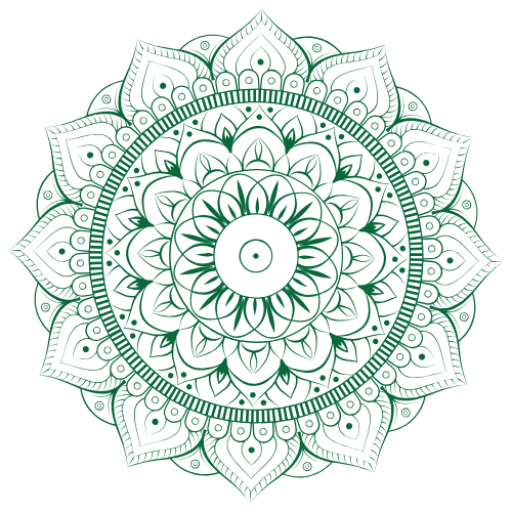Explore the three “gunas”
Explore the three gunas Have you ever heard of the three gunas? The Samkhya philosophy describes the gunas as the threefold characteristics in it’s nature; in this sense every action, thought and event is created due to the interaction of the three gunas. All gunas are always present in all beings and objects surrounding us by … Read more
